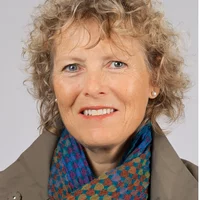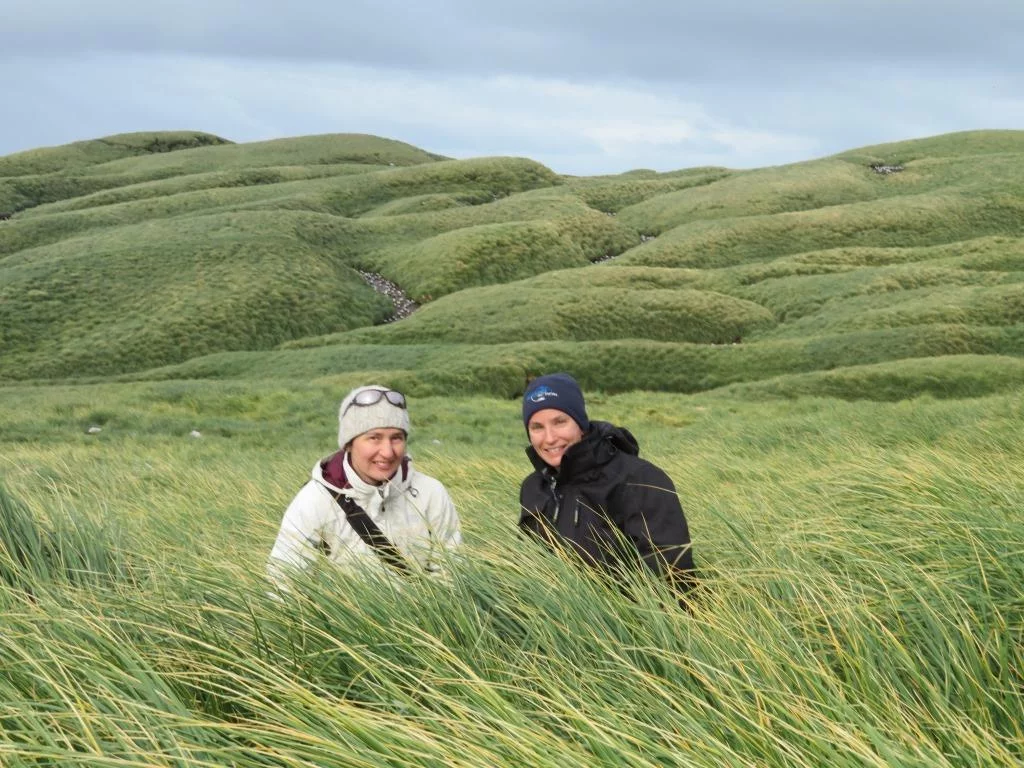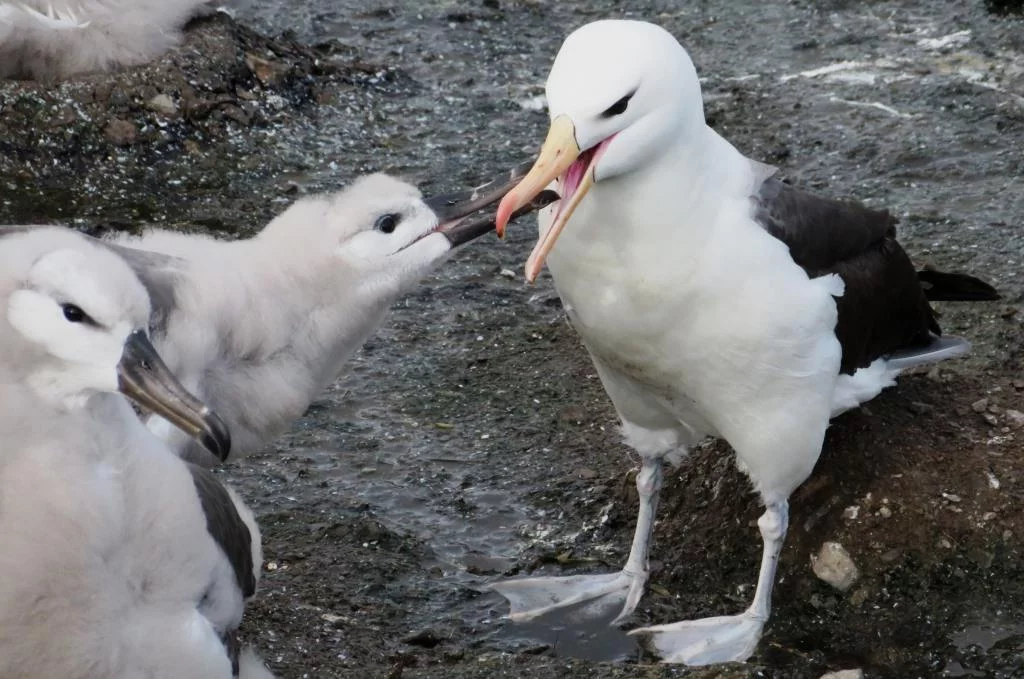Antarctic Blog
5 March 2017
Last stop before Punta Arenas: Sub-antarctic island Diego Ramirez
by Julia Schmale
Position 56°29′S 68°44′W
After Peter I Island, we take a track along the Antarctic Peninsula in relatively sheltered seas. Particle number concentrations are very low.
We are all very curious how the crossing of the Drake Passage will turn out. Mentally we are ready for heavy seas. The wave project is looking forward to the potential storm, especially since we have had such calm weather throughout the entire leg 2. Then we arrive at the narrow stretch between the South American continent and the Antarctic, and again, we are blessed with nice weather. The wave project can’t believe it, while the oceanographers are happy because they can deploy their CTDs (Conductivity, Temperature, Depth measurements) at narrow intervals between the Antarctic and Sub-antarctic fronts in the passage which is a rare opportunity.
After one and a half days in the passage, we pick up the Chilean pilots from Puerto Williams to guide us to the islands of Diego Ramirez which belong to Chile. On our way there, we observe a very persistent mode of 30 nm particles over more than a day. Near the island, we hope to pick up some chemical signature from the over one million birds nesting there. The island is home to more than 1.3 million blue petrels nesting in burrows under the tussak grass. Unfortunately, it is raining slightly and the wind speeds are very high, so we do not see a distinct signature from the island.
Despite the strong winds, we land on the islands with helicopters for sampling. There are birds all over and almost no spot without tussak grass. The landing turns out to be extremely difficult, but Sergio, one of the pilots, safely places us on a gravel edge of the island near a 200 m high abyss. As we set up the equipment, we can observe the colonies of black-browed albatrosses. The chicks are still sitting in their nests and parents take turns in catching food to nourish the hungry youngsters. The areas around the nests are brown and orange. “Ammonia burn” this is called. The nitrogen rich excrements of the birds leave the plants no chance to survive in their vicinity.
Yet again, the weather deteriorates and we are called back to the ship. The pilot is very nervous, wind gusts reach speeds that make operating the light helicopters impossible. In a rough flight Sergio brings us back to the ship. There is no reason to dwell longer around the Diego Ramirez islands and we set course for the last dredging ground of leg 2 before heading to Punta Arenas which is only 1.5 days away.
Position 56°29′S 68°44′W
After Peter I Island, we take a track along the Antarctic Peninsula in relatively sheltered seas. Particle number concentrations are very low.
We are all very curious how the crossing of the Drake Passage will turn out. Mentally we are ready for heavy seas. The wave project is looking forward to the potential storm, especially since we have had such calm weather throughout the entire leg 2. Then we arrive at the narrow stretch between the South American continent and the Antarctic, and again, we are blessed with nice weather. The wave project can’t believe it, while the oceanographers are happy because they can deploy their CTDs (Conductivity, Temperature, Depth measurements) at narrow intervals between the Antarctic and Sub-antarctic fronts in the passage which is a rare opportunity.
After one and a half days in the passage, we pick up the Chilean pilots from Puerto Williams to guide us to the islands of Diego Ramirez which belong to Chile. On our way there, we observe a very persistent mode of 30 nm particles over more than a day. Near the island, we hope to pick up some chemical signature from the over one million birds nesting there. The island is home to more than 1.3 million blue petrels nesting in burrows under the tussak grass. Unfortunately, it is raining slightly and the wind speeds are very high, so we do not see a distinct signature from the island.
Despite the strong winds, we land on the islands with helicopters for sampling. There are birds all over and almost no spot without tussak grass. The landing turns out to be extremely difficult, but Sergio, one of the pilots, safely places us on a gravel edge of the island near a 200 m high abyss. As we set up the equipment, we can observe the colonies of black-browed albatrosses. The chicks are still sitting in their nests and parents take turns in catching food to nourish the hungry youngsters. The areas around the nests are brown and orange. “Ammonia burn” this is called. The nitrogen rich excrements of the birds leave the plants no chance to survive in their vicinity.
Yet again, the weather deteriorates and we are called back to the ship. The pilot is very nervous, wind gusts reach speeds that make operating the light helicopters impossible. In a rough flight Sergio brings us back to the ship. There is no reason to dwell longer around the Diego Ramirez islands and we set course for the last dredging ground of leg 2 before heading to Punta Arenas which is only 1.5 days away.



